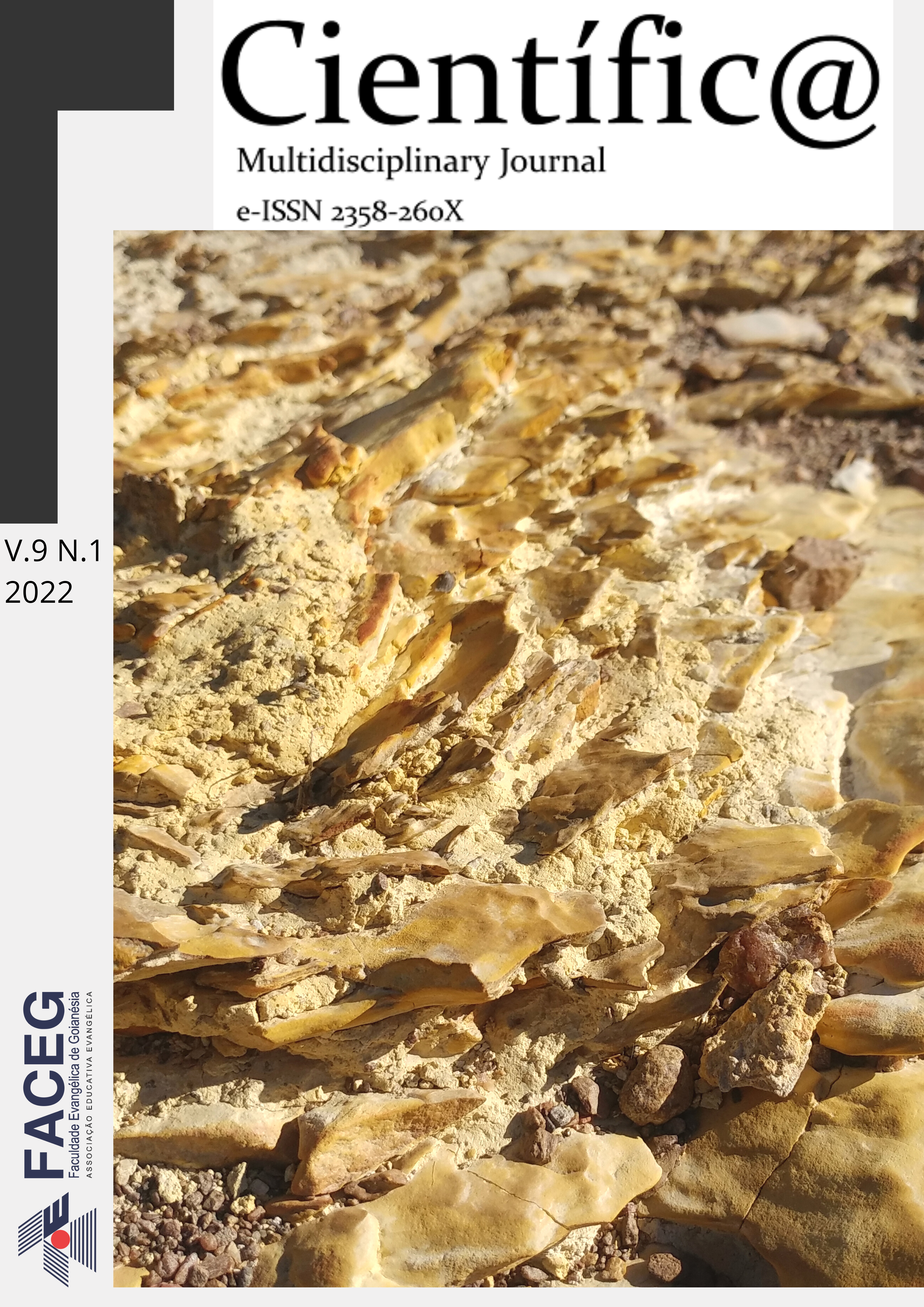PERFORMANCE OF SOYBEAN CULTIVARS IN THE AMAPÃ SAVANNAH REGARDING STABILITY AND ADAPTABILITY
DOI:
https://doi.org/10.37951/2358-260X.2022v9i1.5930Abstract
The Amapá savannah, in the northern region of Brazil, is a new agricultural frontier for soybean, and is necessary to know the behavior of stability and adaptability under these new conditions, as is known that extragenetic factors together with genotypes generate different phenology responses in the plant, resulting in different yields, which can cause differences compared to planting in regions in the Midwest and South of the country. The experiments were installed with seven commercial cultivars in a randomized block design, whose plots contained four replications and five-meter rows, and the grain yield (PG, in kg.ha-1) was evaluated. Different statistics for the study of stability and adaptability were used to verify the consistency and coincidence of results, in this case the methodologies of Annicchiarico, Plaisted and Peterson and, Wricke. The results allow for the conclusions of the existence of interaction of cultivars before the environmental factors imposed; the presence of specific adaptability is present in the cultivars due to the environmental differences of the experiments, the cultivars that show greater stability were also the most productive, being superior to the cultivars BRS Sambaíba and BRS 278 e; in the methodology of Plaisted and Peterson and in Ecovalence (Wricke) most strains showed low stability, both generated very similar results, which partially agreed with the one obtained by Annichiarico.
Downloads
Published
How to Cite
Issue
Section
License
Esta revista oferece acesso livre imediato ao seu conteúdo, seguindo o princípio de que disponibilizar gratuitamente o conhecimento científico ao público proporciona maior democratização mundial do conhecimento.
A partir da publicação realizada na revista os autores possuem copyright e direitos de publicação de seus artigos sem restrições.
A Revista Científic@ - Multidisciplinary Journal segue os preceitos legais da licença Creative Commons - Atribuição-NãoComercial 4.0 Internacional. 

